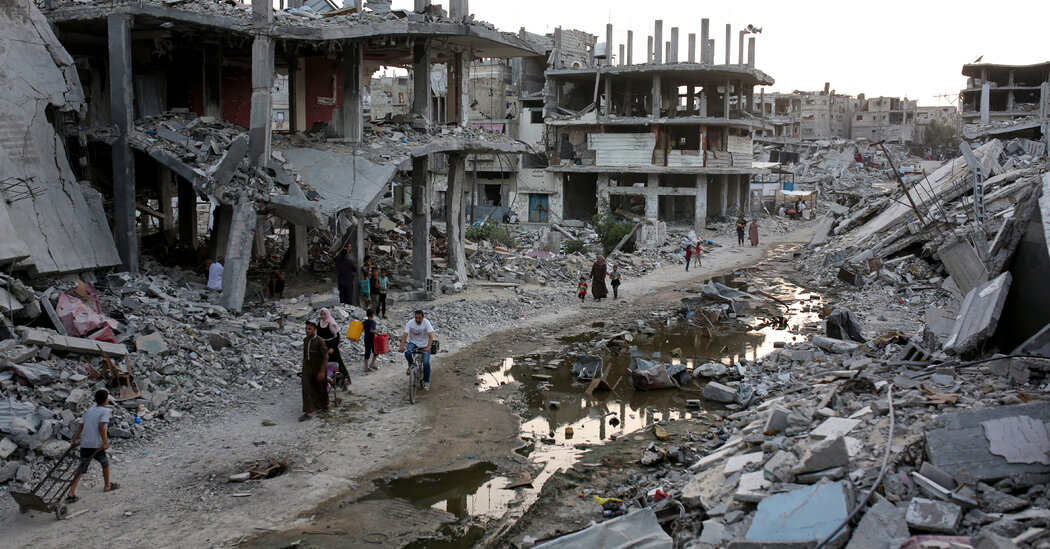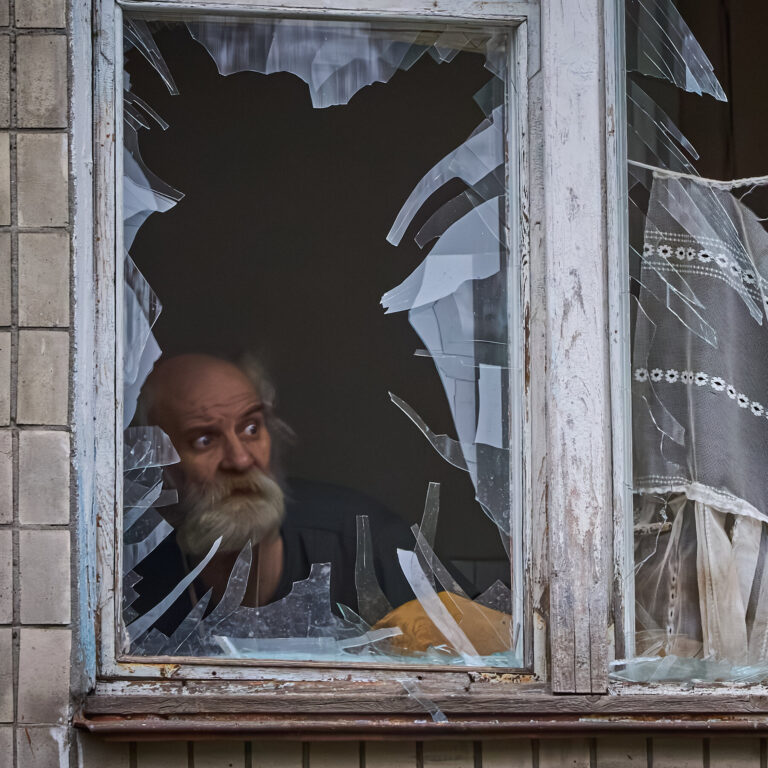Hamas has softened its stance in its latest proposal for a ceasefire in Gaza, but is sticking to a key demand that has been a major obstacle to reaching an agreement, according to two senior officials from the countries involved in the negotiations.
That has weakened prospects for an imminent deal, although U.S. and Israeli officials have expressed optimism that talks are now moving forward after weeks of stalemate.
Hamas presented a counterproposal on Wednesday. The two officials said Hamas wanted international guarantees that once an initial truce goes into effect, both sides will continue to negotiate until a final agreement is reached to end the war and free all remaining hostages in Gaza.
Indeed, Hamas wants to make sure it doesn’t hand over many of the hostages just to restart the war in Israel, one of the officials said. Both senior officials spoke on condition of anonymity because they were not authorized to speak publicly.
Israeli negotiators immediately rejected that request, the two officials said. Israel wants the option to resume fighting if it deems necessary. Without that leverage, Hamas could procrastinate, effectively resulting in an undeclared permanent ceasefire, one of the officials argued.
At the heart of the dispute is the question of the future of Gaza. Benjamin Netanyahu, the Israeli prime minister, has vowed to destroy Hamas and overthrow its government in the Palestinian enclave. Hamas hopes that a permanent ceasefire will allow it to cling to power.
Israeli military leaders are increasingly saying that a deal to bring home the remaining 120 hostages is the right way forward, even if it means leaving Hamas in power for the time being.
The talks are based on a three-phase framework first announced by President Biden in late May and later endorsed by the United Nations Security Council.
Both sides agree on the broad outlines of a deal that would include a six-week ceasefire and the release of most civilian hostages in exchange for Palestinian prisoners.
During the break, Israel and Hamas reportedly negotiated the next step: ending the war and releasing the remaining hostages, mostly soldiers.
The debate now turns to what happens next.
In preparation for a possible deal, CIA Director William J. Burns will travel to Doha next week to meet with intelligence officials from Israel, Europe and other countries to discuss the cease-fire agreement, according to three people briefed on the negotiations.
Mr Burns is also likely to travel to Israel to continue to pressure the Israeli government to reach an agreement.
U.S. officials believe that current revisions to the agreement, which set out specific conditions for moving from one phase of the deal to the next, could be enough to begin freeing hostages after months of captivity.
But even if Israeli negotiators could reach a deal that would end the war in Gaza, it is unclear whether Mr. Netanyahu’s government would support it. Two senior members of his coalition have ruled out a full ceasefire, and Mr. Netanyahu himself has publicly zigzagged whether he would endorse the framework.
About 120 hostages remain in Gaza out of about 250 people kidnapped in the Hamas-led attack, according to Israel. About a third of them are presumed dead by Israeli authorities.
During a week-long truce in November, 105 people were freed in exchange for 240 Palestinian prisoners, but Hamas has refused to release more hostages without a path to a permanent ceasefire.
On Friday, an Israeli delegation led by David Barnea, head of the Mossad intelligence agency, arrived in Qatar for the first time in weeks for further talks. Mr. Barnea met with Qatari Prime Minister Mohammed bin Abdulrahman bin Jassim Al Thani, who was one of the key mediators.
But in an unusual arrangement, Mr. Barnea did not arrive with other senior Israeli security officials working to hammer out the deal. He was accompanied by Ophir Falk, a close aide to Mr. Netanyahu, the two senior officials said.
The Israeli military and the Shin Bet intelligence service, both involved in the negotiations, declined to comment.
Hamas made a key concession in its counterproposal, softening its stance on the terms of the second phase ceasefire negotiations. The group had wanted those talks to focus exclusively on which Palestinian prisoners would be released in exchange for hostages.
The concession came after weeks of pressure on Hamas by Qatar, which hosts much of the armed group's political leadership in Doha, the officials said.
But at the same time, Hamas sought assurances from mediating countries, including the United States, that talks during the truce would continue until a permanent ceasefire was negotiated and all living hostages were released, the two officials said.
Israeli negotiators had already agreed that the six-week truce could be extended as long as the talks continued. Hamas’s new wording could be read as allowing those negotiations, and the initial truce, to continue indefinitely, one of the senior officials said.
During meetings in Qatar, Mr. Barnea argued that Hamas's demand would represent a radical break with the proposal adopted by the United Nations Security Council and Mr. Biden, the senior official said.
As ceasefire talks dragged on, Israel’s military campaign in Gaza continued across the enclave on Saturday. Israeli warplanes struck the area of a United Nations school in Nuseirat, in central Gaza, where the Israeli military said Palestinian militants were operating. At least 16 people were killed and dozens were wounded in the attack, according to Gaza’s Health Ministry, which does not distinguish between civilians and combatants.
The school had become a refuge for displaced people seeking safety, the ministry added. The Israeli military said it sought to avoid civilian casualties and blamed Hamas for operating from areas crowded with Gazan civilians.





